Home>Furniture & Design>Interior Design Trends>What Does Broken Glass Mean


Interior Design Trends
What Does Broken Glass Mean
Modified: February 18, 2024
Discover the significance of broken glass in interior design trends and how it can add a unique touch to your space. Explore the symbolism and creative possibilities of incorporating shattered glass into your decor.
(Many of the links in this article redirect to a specific reviewed product. Your purchase of these products through affiliate links helps to generate commission for Storables.com, at no extra cost. Learn more)
Introduction
Broken glass holds a captivating allure, evoking a myriad of emotions and interpretations. It is a symbol that transcends cultures, carrying both positive and negative connotations. The shattered remnants of glass can signify fragility, destruction, and danger, yet it also embodies resilience, transformation, and artistry. This dichotomy makes broken glass a compelling subject of exploration, delving into its symbolism, cultural significance, psychological interpretations, and practical implications.
Throughout history, broken glass has been a potent symbol in various contexts, from art and literature to folklore and superstitions. Its shattered form often serves as a metaphor for the human experience, reflecting the complexities of life and the resilience of the human spirit. Understanding the multifaceted meanings of broken glass can provide profound insights into the human psyche and societal beliefs, shedding light on the intricate tapestry of human culture and consciousness.
In this comprehensive exploration, we will delve into the symbolism of broken glass, unraveling its rich tapestry of meanings and interpretations. We will examine its cultural and superstitious significance, delving into the diverse beliefs and traditions that have woven intricate narratives around shattered glass. Furthermore, we will explore the psychological interpretations of broken glass, shedding light on the profound impact it can have on the human mind and emotions. Finally, we will consider the practical implications of broken glass, from the artistic endeavors that transform shards into stunning creations to the safety concerns and symbolic rituals associated with its presence.
Join us on this captivating journey as we unravel the enigmatic symbolism of broken glass, delving into its profound meanings and diverse interpretations. Through this exploration, we aim to illuminate the intricate tapestry of human beliefs, emotions, and creativity woven into the shattered shards of glass, inviting you to contemplate the profound significance of this ubiquitous yet enigmatic symbol.
Key Takeaways:
- Broken glass symbolizes both fragility and resilience, reflecting the delicate balance of life. It can evoke feelings of vulnerability and transformation, offering profound insights into the human experience.
- Cultural beliefs and superstitions surrounding broken glass shape our behaviors and attitudes. From warding off evil spirits to artistic transformations, its symbolism permeates diverse traditions and practices.
Read more: What Does Dichroic Glass Mean
Symbolism of Broken Glass
Broken glass serves as a potent symbol, encapsulating a rich tapestry of meanings and interpretations across diverse cultures and artistic expressions. At its core, the shattered shards of glass embody a paradoxical duality, representing both fragility and resilience, destruction and transformation. This dichotomy infuses broken glass with a captivating allure, inviting contemplation and introspection.
In the realm of symbolism, broken glass often conveys the notion of fragility and vulnerability. The shattered shards evoke a sense of delicacy, reminding us of the transient nature of existence and the inherent susceptibility to external forces. This fragility is underscored by the sharp edges and unpredictable nature of broken glass, serving as a poignant metaphor for the human condition. The fragility of glass mirrors the delicate balance of life, urging us to handle it with care and mindfulness.
Moreover, broken glass embodies the concept of destruction and chaos. The act of shattering glass disrupts its pristine form, unleashing a cascade of jagged fragments that symbolize upheaval and disarray. This symbolism is often employed in artistic and literary contexts to convey themes of turmoil, loss, and upheaval. The shattered glass becomes a visual representation of shattered dreams, broken relationships, and the tumultuous nature of human experience.
However, amidst the symbolism of destruction, broken glass also embodies the potential for transformation and renewal. In the hands of skilled artisans, shattered glass can be repurposed and transformed into stunning works of art, transcending its shattered state to embody beauty and creativity. This transformative quality underscores the resilience inherent in broken glass, symbolizing the capacity for renewal and reinvention in the face of adversity.
Furthermore, broken glass holds symbolic significance in the context of introspection and self-discovery. The shattered shards can serve as a metaphor for the fragmented aspects of the self, inviting contemplation of inner turmoil, emotional scars, and the process of healing. This introspective symbolism invites individuals to confront their inner fractures and embrace the potential for growth and wholeness.
In essence, the symbolism of broken glass encompasses a rich spectrum of meanings, ranging from fragility and destruction to resilience and transformation. Its multifaceted symbolism transcends cultural and artistic boundaries, inviting contemplation of the complexities of the human experience and the profound capacity for renewal and introspection. As we unravel the symbolism of broken glass, we are invited to ponder the intricate interplay of fragility and resilience, destruction and transformation, encapsulated within the shattered shards of glass.
Cultural and Superstitious Beliefs
Cultural and superstitious beliefs surrounding broken glass span a diverse tapestry of traditions and narratives, reflecting the profound impact of this enigmatic symbol across different societies and historical epochs. In many cultures, the shattered remnants of glass are imbued with potent symbolism, evoking a blend of superstitions, folklore, and ritualistic practices.
In some cultures, the breaking of glass is associated with omens and superstitions, often carrying negative connotations. For instance, in certain European folklore, breaking a mirror or glass is believed to bring about seven years of bad luck, a superstition that has permeated popular consciousness and endured through generations. This belief underscores the perceived significance of broken glass as a harbinger of misfortune and ill omens, shaping behaviors and attitudes toward the handling of glass objects.
Conversely, other cultural traditions view broken glass as a symbol of warding off evil spirits or malevolent forces. In Jewish wedding ceremonies, the custom of breaking a glass symbolizes the destruction of the Second Temple in Jerusalem and serves as a poignant reminder of the fragility of life. This act also signifies the solemnity of the occasion and is accompanied by well-wishes for the newlywed couple, illustrating the multifaceted symbolism of broken glass within cultural rituals.
Moreover, the symbolism of broken glass extends into the realm of art and creativity, where shattered glass is repurposed and transformed into intricate mosaics and stunning artworks. This artistic interpretation underscores the capacity of broken glass to transcend its shattered state and be imbued with new meaning and beauty, reflecting the resilience and transformative potential inherent in this enigmatic symbol.
Across diverse cultural and superstitious beliefs, broken glass serves as a potent symbol that resonates with themes of fragility, transformation, and the interplay of fortune and misfortune. Its pervasive presence in cultural traditions and superstitions underscores the enduring significance of this symbol, inviting contemplation of the intricate narratives and beliefs woven into the shattered shards of glass.
Broken glass can symbolize a variety of things, such as danger, fragility, or even the shattering of illusions. It can also represent the need for careful handling and the potential for harm if not properly managed.
Psychological Interpretations
The psychological interpretations of broken glass delve into the profound impact this symbol can have on the human psyche, emotions, and subconscious mind. From the perspective of psychology, the shattered shards of glass evoke a complex interplay of emotions, associations, and symbolic representations that resonate deeply within the human experience.
One psychological interpretation of broken glass revolves around the concept of fragmentation and internal turmoil. The shattered shards can serve as a metaphor for the fragmented aspects of the self, reflecting inner conflicts, emotional scars, and the complexities of the human psyche. This interpretation invites individuals to explore their inner landscape, confronting the multifaceted nature of their emotions and experiences.
Moreover, broken glass can evoke feelings of vulnerability and unease, tapping into primal fears associated with sharp objects and physical harm. The jagged edges and unpredictable nature of broken glass can trigger a sense of discomfort and apprehension, highlighting the profound impact of this symbol on the human subconscious. This psychological response underscores the potent symbolism of broken glass as a trigger for primal emotions and instinctual reactions.
Furthermore, the symbolism of broken glass can evoke associations with trauma and emotional wounds. The act of shattering glass can serve as a visual representation of emotional upheaval and psychological distress, resonating with individuals who have experienced trauma or adversity. This interpretation invites contemplation of the profound emotional resonance of broken glass and its capacity to evoke deeply rooted feelings and memories.
In addition, broken glass holds symbolic significance in the context of resilience and transformation. From a psychological perspective, the transformative potential of shattered glass reflects the human capacity for renewal and growth in the face of adversity. This interpretation invites individuals to contemplate the inherent resilience encapsulated within the shattered shards of glass, embracing the potential for healing and personal evolution.
In essence, the psychological interpretations of broken glass offer profound insights into the intricate interplay of emotions, associations, and subconscious responses evoked by this enigmatic symbol. From fragmentation and vulnerability to trauma and resilience, the psychological interpretations of broken glass invite individuals to explore the profound impact of this symbol on the human psyche, shedding light on the intricate tapestry of emotions and associations woven into the shattered shards of glass.
Practical Implications
The symbolism of broken glass extends beyond the realms of art, culture, and psychology, permeating into practical implications that encompass safety concerns, artistic endeavors, and symbolic rituals. From a practical standpoint, the presence of broken glass carries tangible implications that intersect with everyday experiences and societal practices.
One of the foremost practical implications of broken glass revolves around safety concerns. Shattered glass fragments pose a significant risk of injury, with their sharp edges capable of causing lacerations and puncture wounds. This concern is particularly relevant in public spaces, homes, and commercial environments where the presence of broken glass can jeopardize the safety and well-being of individuals. As such, proper disposal and cleanup of broken glass are essential to mitigate potential hazards and ensure a safe environment for all.
Moreover, broken glass holds practical implications in the context of artistic endeavors and craftsmanship. Skilled artisans and craftsmen harness the transformative potential of shattered glass, repurposing it into stunning mosaics, sculptures, and decorative pieces. This creative reinterpretation of broken glass transcends its shattered state, breathing new life into the fragmented shards and imbuing them with beauty and artistic expression. The practical implications of broken glass in the realm of art underscore its capacity to inspire creativity and innovation, transforming a symbol of destruction into a medium for artistic mastery.
Furthermore, broken glass carries practical implications within symbolic rituals and cultural traditions. From the ceremonial breaking of glass at weddings to the ritualistic use of shattered glass in spiritual practices, this symbol holds profound significance in diverse cultural contexts. The practical implications of broken glass within symbolic rituals underscore its role as a potent emblem of transition, transformation, and commemoration, shaping ceremonial practices and imbuing them with profound meaning.
In essence, the practical implications of broken glass intersect with safety considerations, artistic expressions, and cultural rituals, permeating into the fabric of everyday life and societal practices. By acknowledging the practical implications of broken glass, we gain a deeper understanding of its impact on safety, creativity, and cultural traditions, illuminating the multifaceted nature of this enigmatic symbol in practical contexts.
Read more: What Does “Glass House” Mean
Conclusion
In conclusion, the symbolism of broken glass transcends cultural, artistic, and psychological realms, weaving a rich tapestry of meanings and interpretations that resonate deeply within the human experience. From its representation of fragility and resilience to its practical implications in safety, art, and cultural traditions, broken glass serves as a potent symbol that invites contemplation and introspection.
The multifaceted symbolism of broken glass encompasses themes of vulnerability, transformation, and the interplay of fortune and misfortune, reflecting the complexities of the human condition. Across diverse cultural and superstitious beliefs, broken glass evokes a blend of omens, rituals, and artistic expressions, underscoring its enduring significance in shaping beliefs and practices across different societies.
From a psychological perspective, broken glass evokes a complex interplay of emotions, associations, and subconscious responses, inviting individuals to explore their inner landscape and confront the multifaceted nature of their experiences. The symbolism of fragmentation, vulnerability, and resilience resonates deeply within the human psyche, offering profound insights into the intricate tapestry of emotions and associations woven into the shattered shards of glass.
Moreover, the practical implications of broken glass intersect with safety concerns, artistic expressions, and cultural rituals, permeating into the fabric of everyday life and societal practices. By acknowledging the practical implications of broken glass, we gain a deeper understanding of its impact on safety, creativity, and cultural traditions, illuminating the multifaceted nature of this enigmatic symbol in practical contexts.
In essence, the symbolism of broken glass invites us to contemplate the delicate balance between fragility and resilience, destruction and transformation, encapsulated within the shattered shards of glass. It serves as a poignant reminder of the intricate tapestry of human beliefs, emotions, and creativity, inviting us to ponder the profound significance of this ubiquitous yet enigmatic symbol. As we navigate the complexities of life, the symbolism of broken glass offers a compelling lens through which to explore the profound depths of the human experience, inviting contemplation, introspection, and a deeper appreciation for the enigmatic allure of shattered glass.
Frequently Asked Questions about What Does Broken Glass Mean
Was this page helpful?
At Storables.com, we guarantee accurate and reliable information. Our content, validated by Expert Board Contributors, is crafted following stringent Editorial Policies. We're committed to providing you with well-researched, expert-backed insights for all your informational needs.

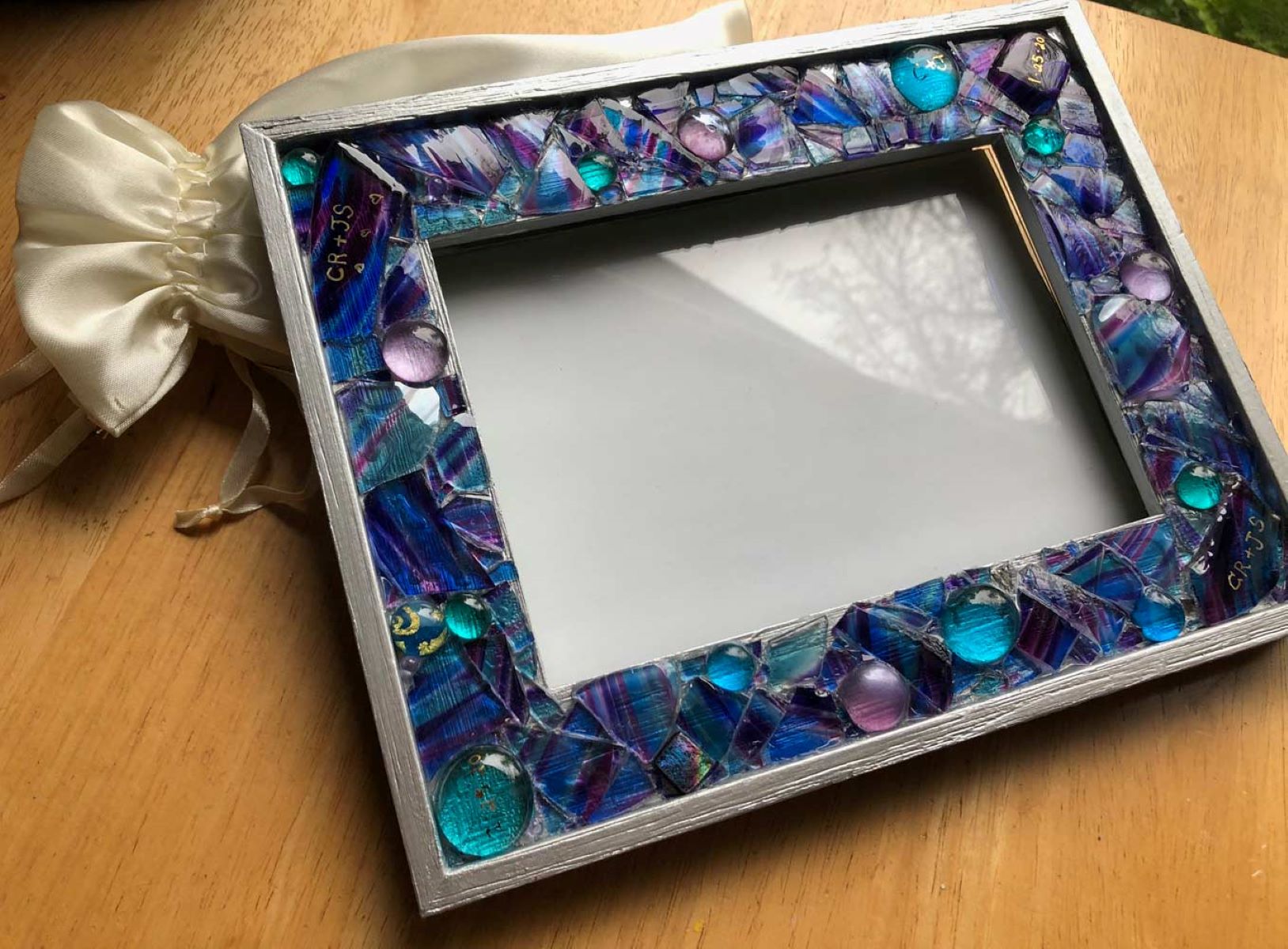

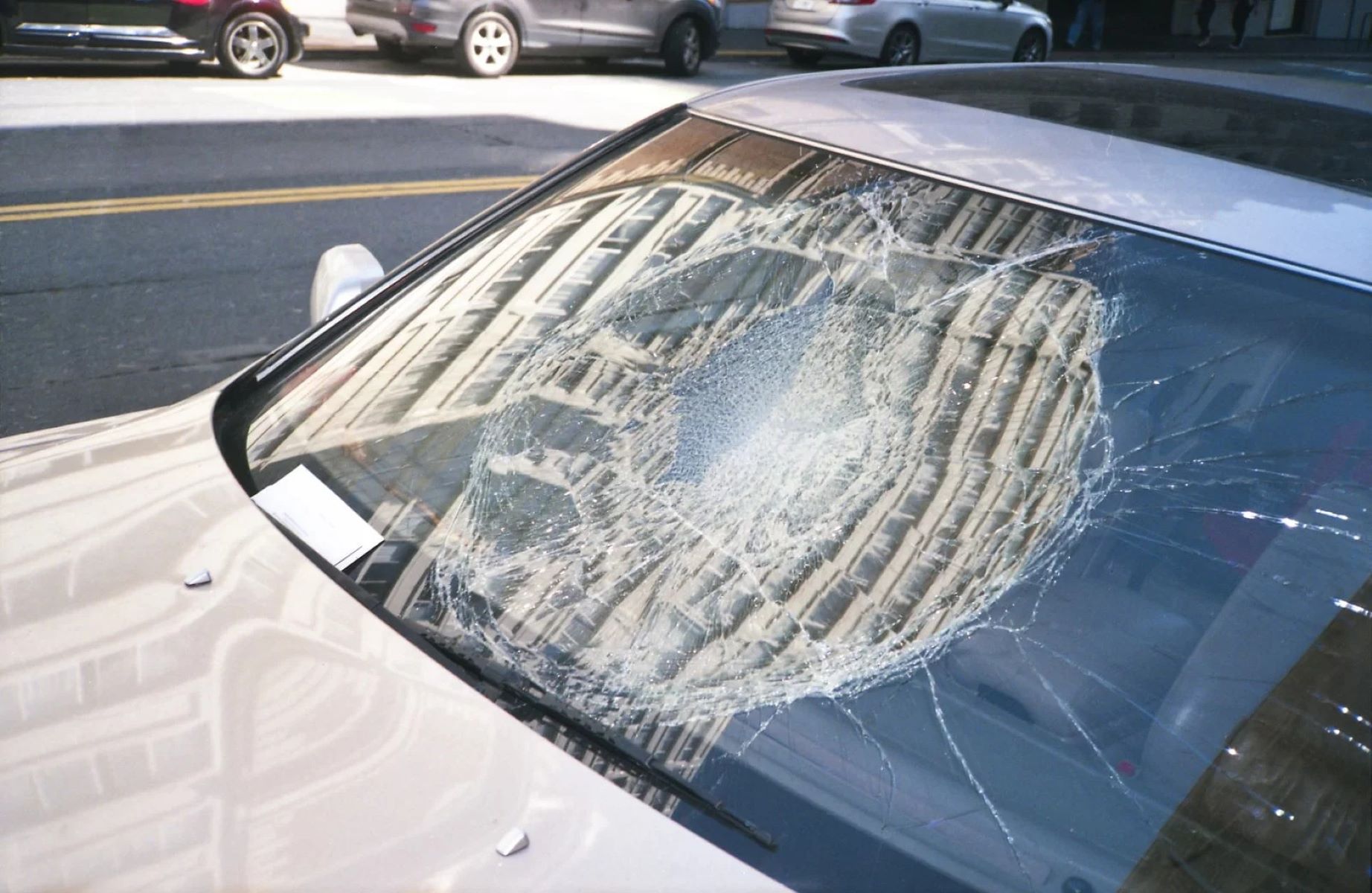



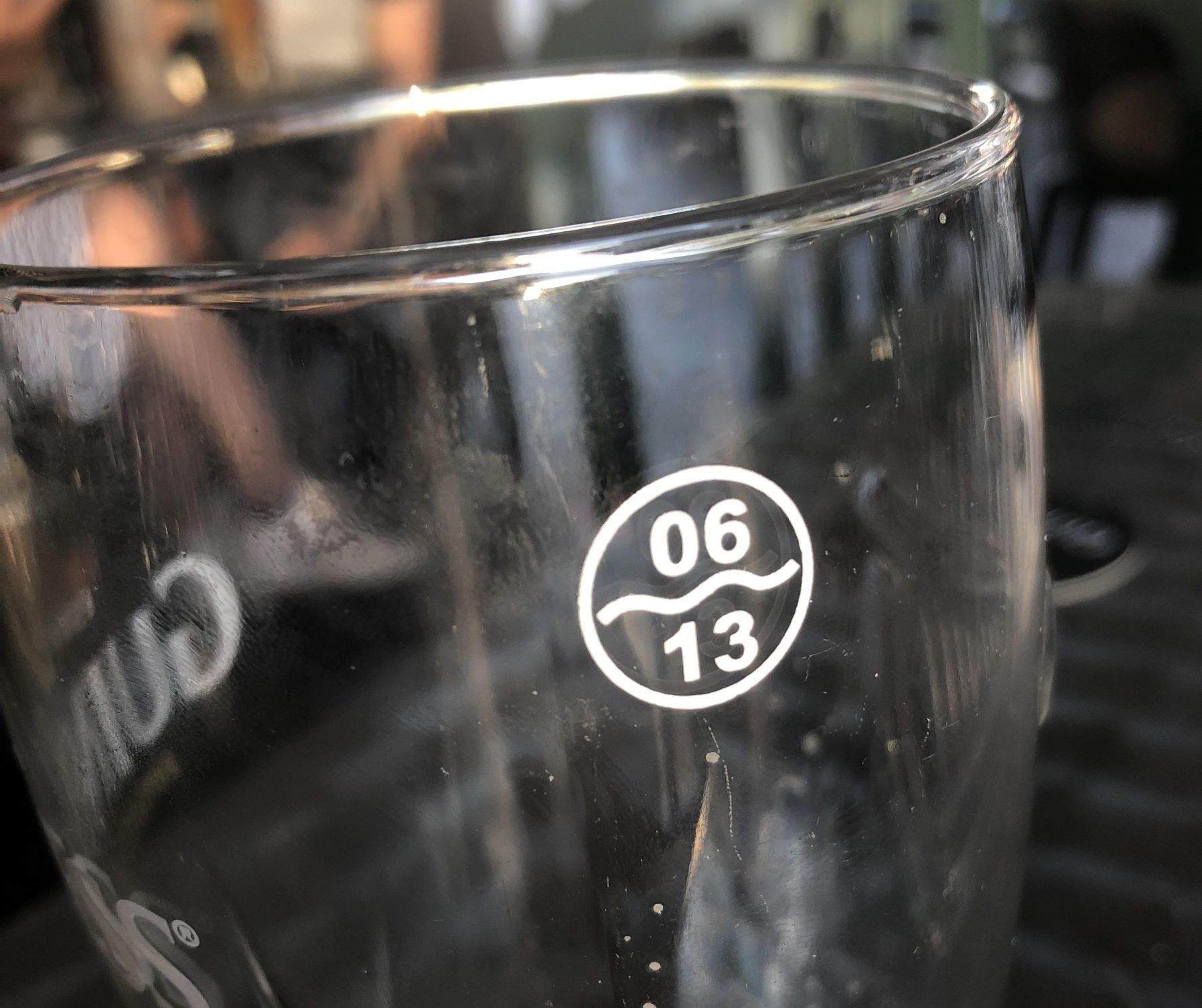
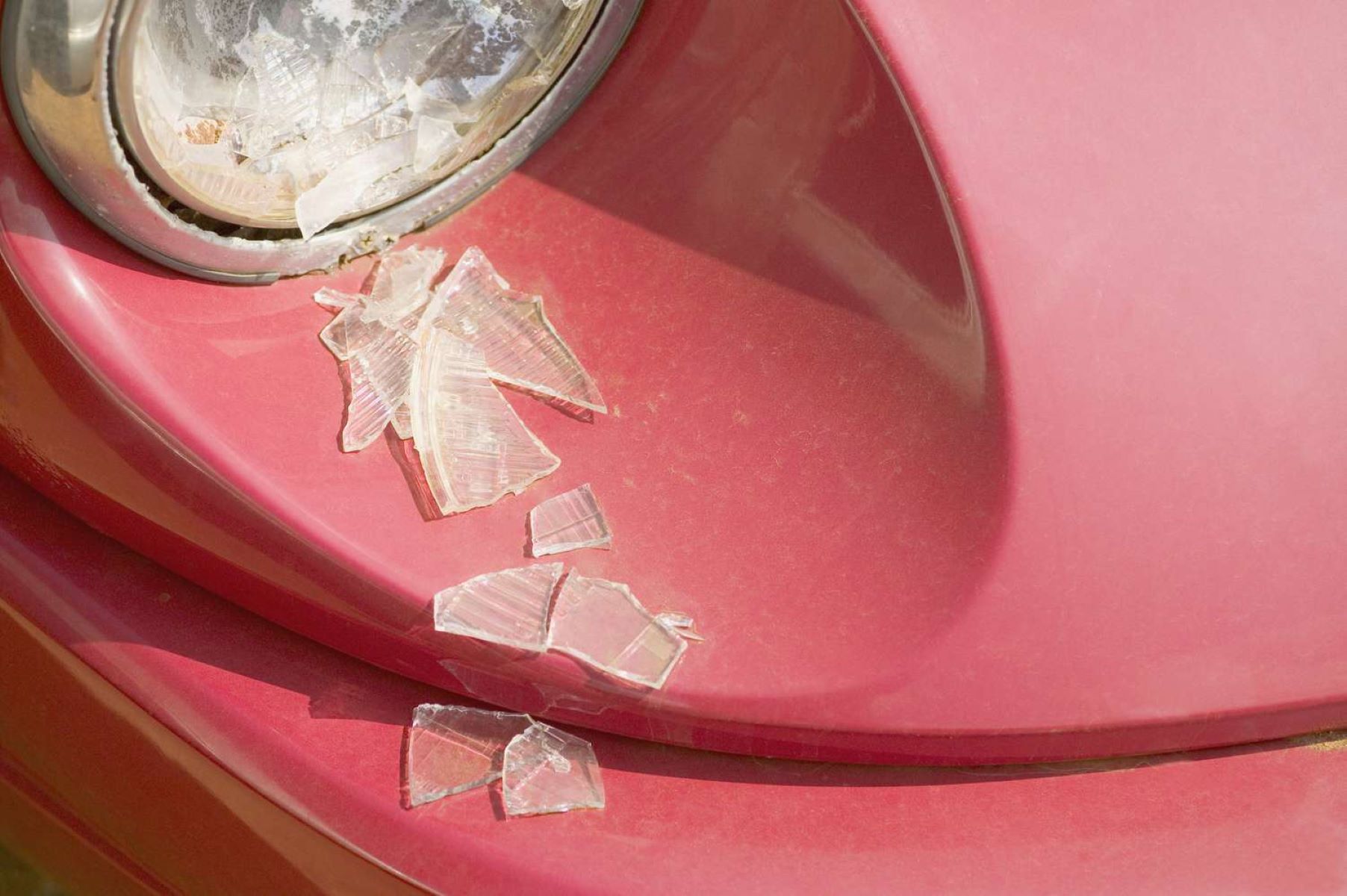

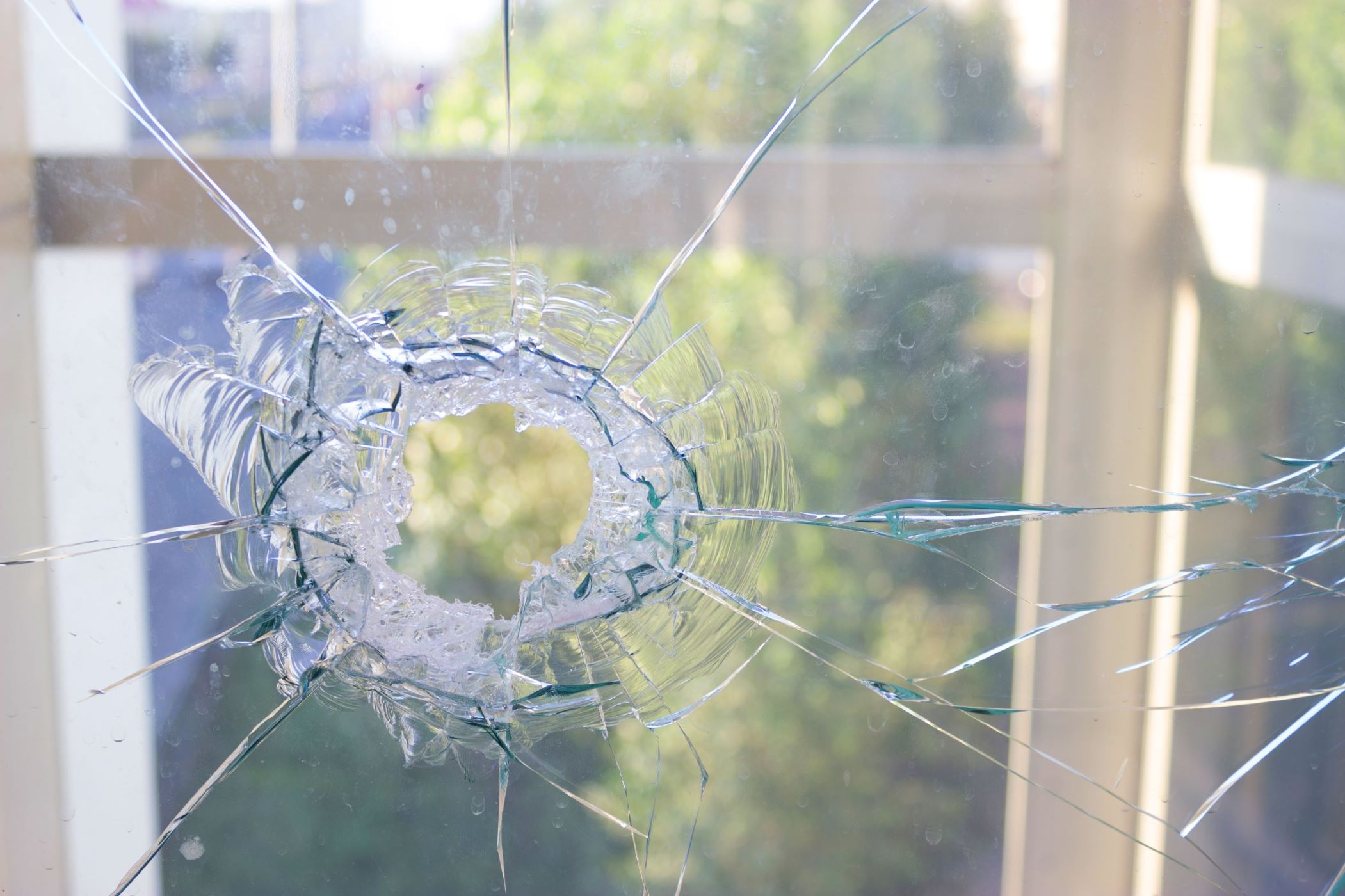
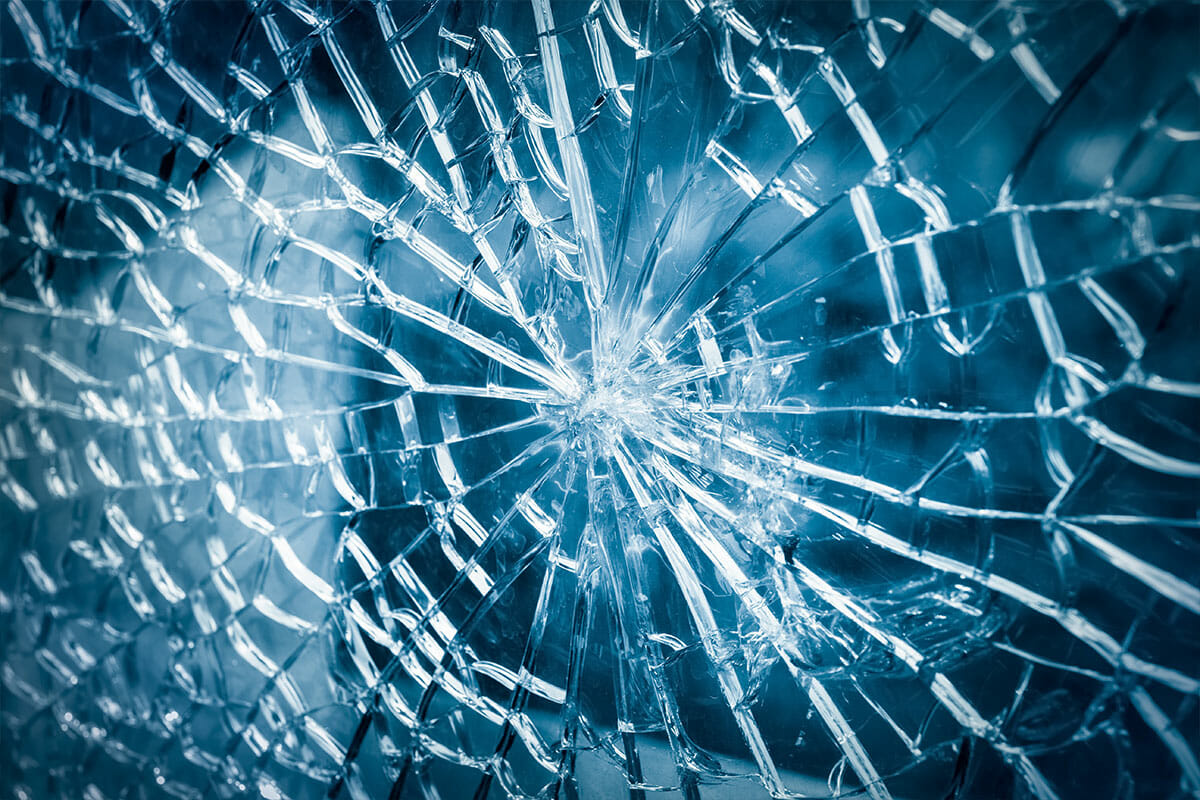



0 thoughts on “What Does Broken Glass Mean”